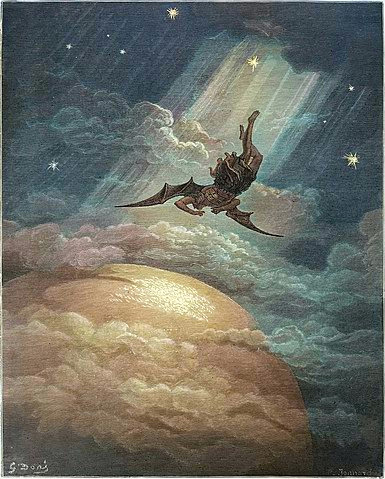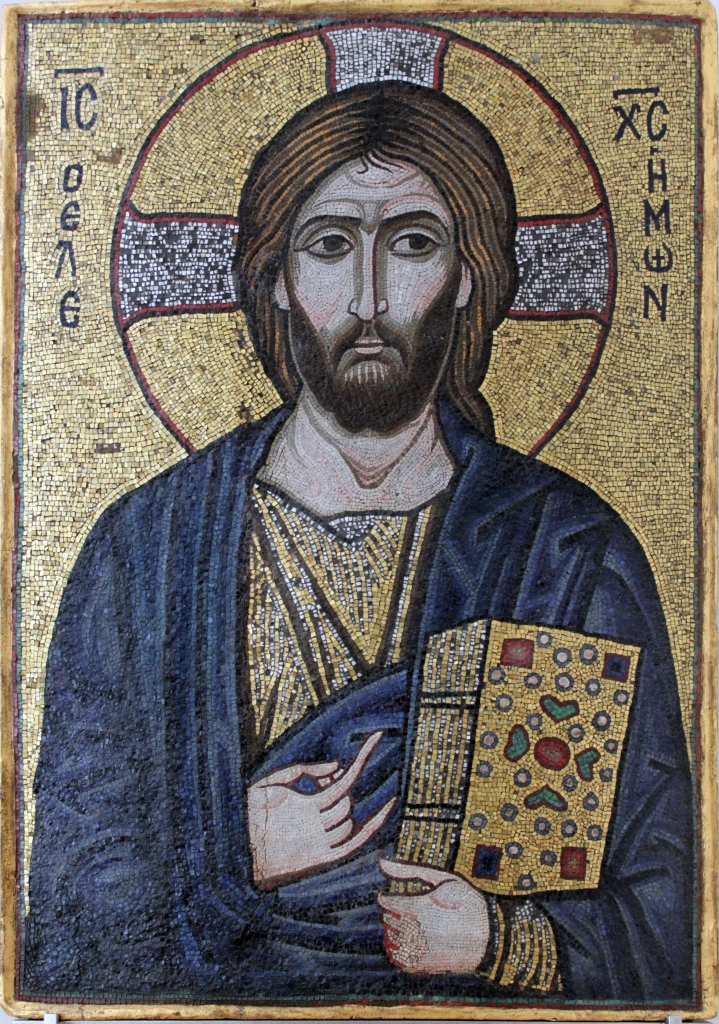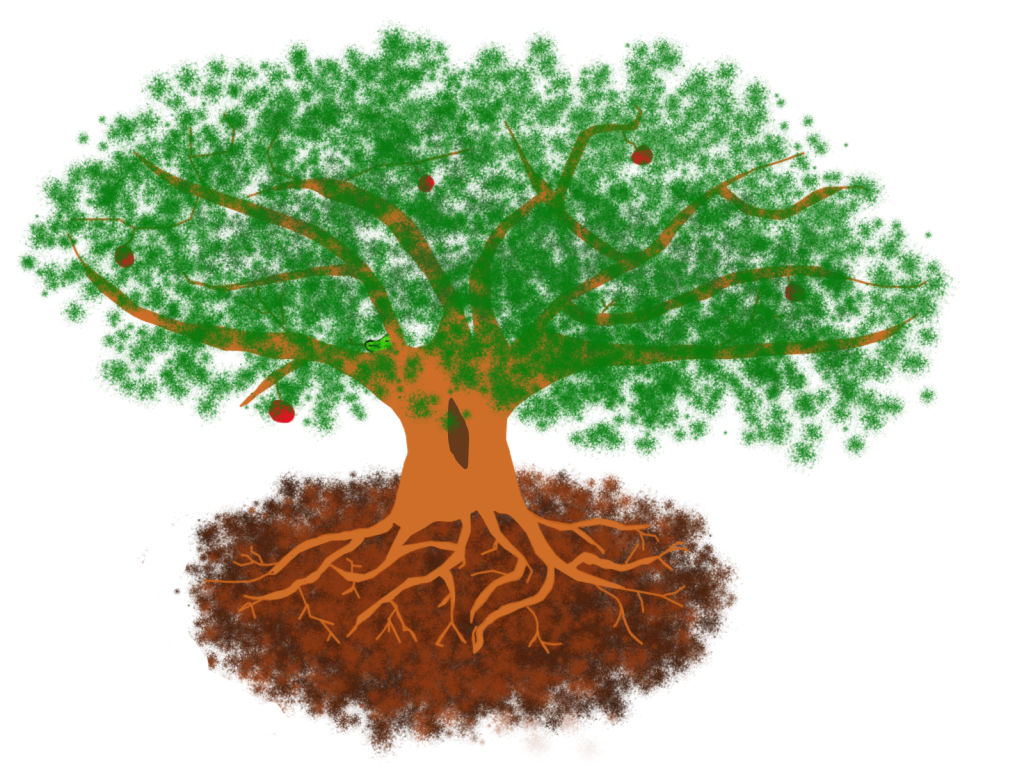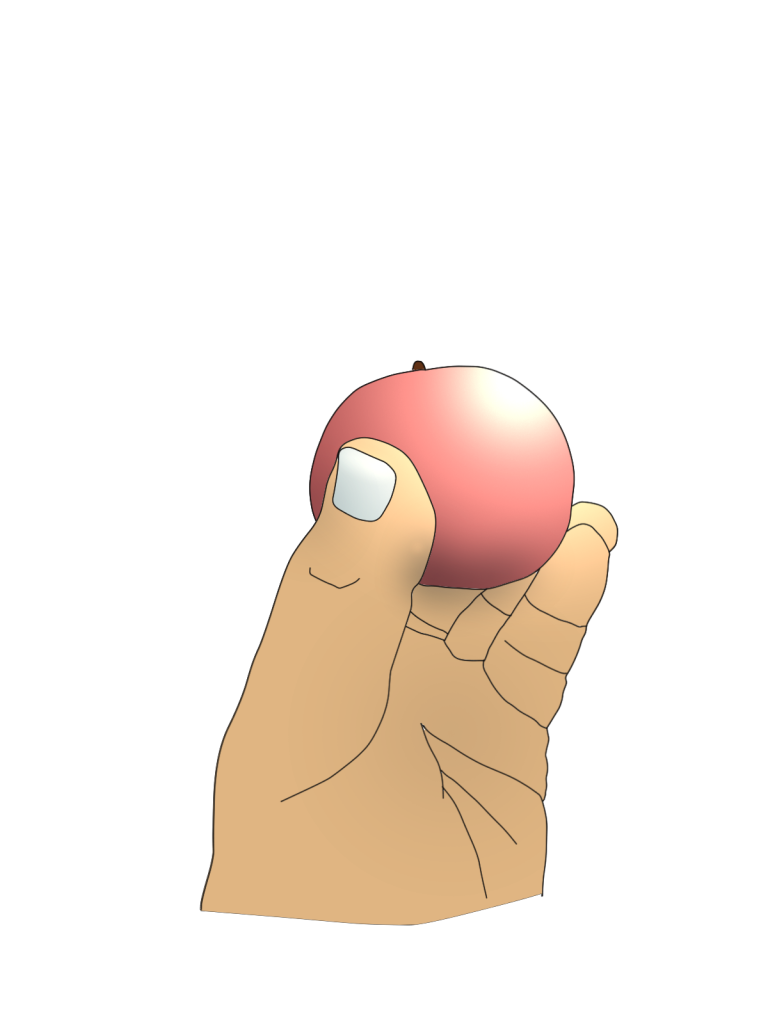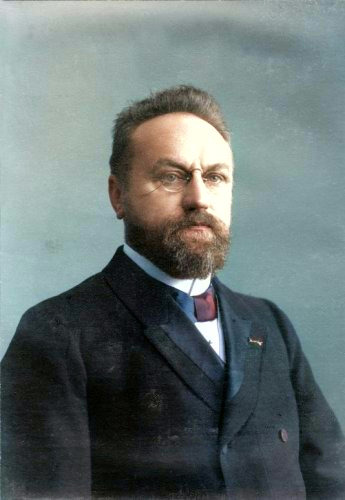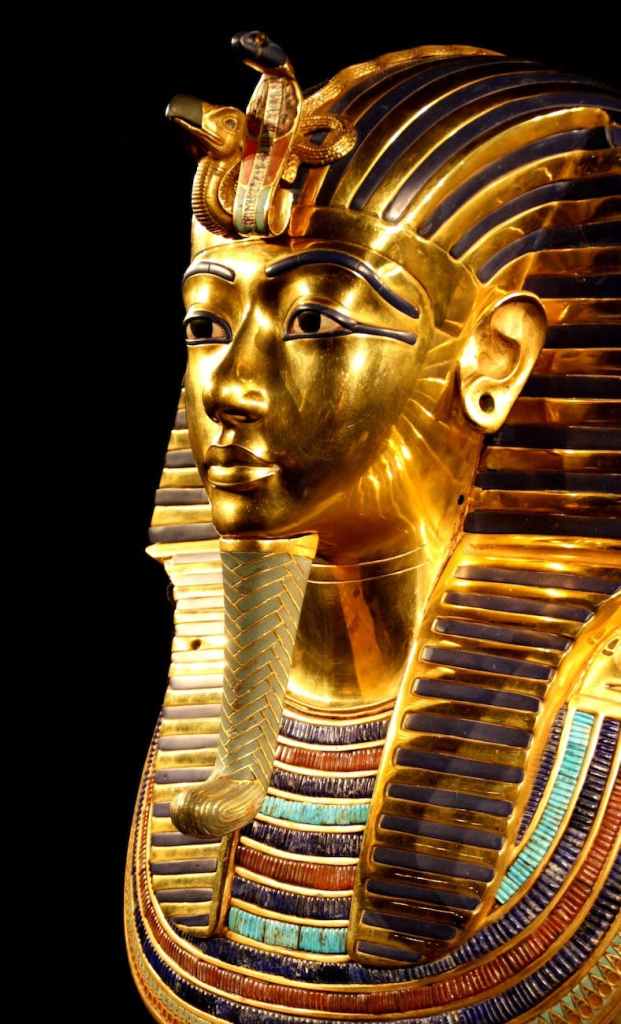Since Adam sinned things in the world got progressively worse. By the time we get to Genesis 6 2 the Sons of God (rebellious angels) had relations with women and giants (Nephilim) came into being.
My main question is, who were these sons of God and what were their nature?
This first discussion is a general overview of Angels from two theologians: Karl Barth and Wolfhart Pannenberg. Karl Barth represents Theology from above par excellence and Pannenberg with his theology from below.
In Genesis 62 It is a sorry state of affairs as the Wickedness of Man has reached new heights of sin:
“Now it came about, when men began to multiply on the face of the land, and daughters were born to them, 2 that the sons of God saw that the daughters of men were beautiful; and they took wives for themselves, whomever they chose. 3 Then the LORD said, “My Spirit shall not strive with man forever, because he also is flesh; nevertheless his days shall be one hundred and twenty years.” 4 The Nephilim were on the earth in those days, and also afterward, when the sons of God came in to the daughters of men, and they bore children to them. Those were the mighty men who were of old, men of renown.
5 Then the LORD saw that the wickedness of man was great on the earth, and that every intent of the thoughts of his heart was only evil continually. 6 The LORD was sorry that He had made man on the earth, and He was grieved in His heart. 7 The LORD said, “I will blot out man whom I have created from the face of the land, from man to animals to creeping things and to birds of the sky; for I am sorry that I have made them.”“ Genesis 6:1-7
I have chosen two theologians to begin with to try to find out the answer to this. I may hit some dead ends, but it is better to have tried and failed than not to try at all. I am starting with Pannenberg as he critiques Karl Barth but does Pannenberg’s own hypothesis stand up to theological scrutiny?
Pannenberg’s critique of Barth on ‘Angels’ and his ideas of ‘field’
Pannenberg begins by saying that Barth’s treatment of Angels in the 20th century as he begins the section:
“Karl Barth’s doctrine of angels in CD, 111/ 3 § 51 is the most important discussion of the theme in modern theology, but in the very full exposition of the biblical statements about the function of angels it does not go into this aspect.” (Systematic Theology, Wolfhart Pannenberg, volume 2 page 103)
Anyhow let us continue to look at Pannenberg’s view in closer detail. In that same paragraph Pannenberg says that Barth was not interested in:
- The nature of Angels
But was interested in their:
- Function and ministry (cited Barth volume 3. 3 page 459)
For Barth the more important aspect was the ‘witness of angels’ to that of what angels actually did. Thus the paragraph finishes with:
“It is understandable, then, that in Barth the cosmic functions of angels are in the background and receive only incidental mention (pp. 462f., 497).”
(From Systematic Theology, Wolfhart Pannenberg, volume 2 page 103)
Pannenberg makes some interesting points on Barth that, Barth wasn’t as interested as much in the nature of the angels but Pannenberg’s own point of view wants to smooth over his own epistemic cracks. He goes on to say that:
“If we define forces like wind or fire or stars as angels of God, then we are relating them to God their Creator and to the human experience of being affected by them as servants of God or as demonic powers that oppose his will. Why should not natural forces in the forms in which we now know them be viewed as God’s servants and messengers, i.e., as angels?”
I have a problem with this as it appears to me Pannenberg is doing eisegesis… (Reading a 20th -21st century mindset into ancient documents). This also feeds into his use of ‘field’ which completely alien to the Biblical world. The Bible differentiated between natural forces and spiritual beings for example:
“11 The Lord said to Elijah, “Go, stand in front of me on the mountain, and I will pass by you.” Then a very strong wind blew until it caused the mountains to fall apart and large rocks to break in front of the Lord. But the Lord was not in the wind. After the wind, there was an earthquake, but the Lord was not in the earthquake. 12 After the earthquake, there was a fire, but the Lord was not in the fire. After the fire, there was a quiet, gentle sound. 13 When Elijah heard it, he covered his face with his coat and went out and stood at the entrance to the cave.”
As well as natural phenomena angels in the Bible are very personal:
“God heard the lad crying; and the angel of God called to Hagar from heaven and said to her, “What is the matter with you, Hagar? Do not fear, for God has heard the voice of the lad where he is.” Genesis 21:17
Instead Pannenberg emphasises impersonal aspects and reading ‘thermodynamic description of conditions for the rise and evolution of life.”
In reality, Pannenberg’s angelology brings us to a dead end, and it does not bring me any closer to understand what Genesis 6 2 was all about with the sons of God.
However, from Pannenberg’s point of view that Barth was not interested as much in the nature of angels other that ‘witness’.
Reflection on Pannenberg’s thesis on angels.
He started to critique Barth on the nature of angels but instead Pannenberg builds on his own eisegetical foundations and builds up a new myth. The myth that Natural phenomena were described as angels in the ancient world mind using terms from physics such as thermodynamics and field are better ways to explain God and creation.
This is nonsense and it makes a complete mockery of the Old Testament. It shows no empathy to the original writers of the Bible and usurps key ideas with the above foreign concepts. Just to clarify the ancient mind certainly differentiated between natural phenomena and angels. Six days of creation is a lot easier to understands than force fields and thermodynamics,
Karl Barth on the limits of Angelology
The limits of Angelology
Karl Barth sets the limits of angelology between the two extremes of mythologising and demythologising. Page 79 (See Bibliography at the end)
Barth says “How are we to steer a way between this Scylla and Charybdis, between the far too interesting mythology of the ancients and the far too uninteresting “demythologisation” of most of the moderns? How are we to advance without becoming rash, exercising discretion without overlooking what has to be seen, not saying too much and yet not failing to say what has to be said?”
He has a point and being aware of scholastic tradition of asking questions such as how many angels dance on the end of a needle, I can understand his concerns.
Barth continues to say that
“The limit is to be seen in the fact that the name and concept of angels denotes a reality which is distinct both from God and man, and therefore distinct from the true and central content of the Word of God although intimately related to it.” Page 80
In this section Barth delineates two dangers into looking at angelology:
1. We might not do any research on angels because we are on uncertain superfluous territory
2. We allow fear to exclude from the dogmatic investigation and hence miss out on what God can teach us about God’s Kingdom truths.
Barth then gives us some information under subheadings for researchin angels
1. We must allow our knowledge to come from the Holy Scriptures. For example Barth writes “According to the witness of the Old and New Testaments, to this revelation and work of God there belongs also the character of the kingdom of God as the kingdom of heaven, and the angels as His heavenly messengers. They belong to it in a particular way, not as leading but subsidiary characters, and these not as autonomous subjects but merging as it were into their function, which is wholly and exemplarily that of service.”(Page 82)
He quotes Calvin at the end of this subsidiary first point (Instit.,I, 14,4):,”The existence of angels is not established by probable arguments derived from philosophy, or by speculations on possible levels of creaturely being and the structure of the universe …. or by human testimony or by various experiencs, but apodictically, by the absolutely clear and repeated assertion of Scripture”
2. The question of how to interpret scripture is also important. Barth is aware of movements that would attempt to say that particular text is more historical than others. Barth even talks about differences in false and true mythologies and sagas. Just because something cannot be verified as historical does not make it less historical. I think what Barth is getting at the importance to allow the text of Scripture to talk to us by the Holy Spirit and not to water down its content. Here the agenda is ‘faith seeking understanding’ which went in the opposite direction of contemporary scholarship which was to disect eveything and come from my point of view to false conclusions. On page 85 Barth says:
“The whole history of the Bible, while it intends to be and is real spatio-temporal history, has a constant bias towards the sphere where it cannot be verified by the ordinary analogies of world history but can be seen and grasped only imaginatively and represented in the form of poetry. How can it be otherwise when it is the history of the work and revelation of God, which as such, as the history of the action and lordship of the Lord of heaven and earth, although it can also take place in the comparatively narrow sphere of historically verifiable occurrence, is not confined to the sphere of ordinary earthly analogies? To some extent the angels mark this transition, this reaching of the incommensurable into the commensurable, of mystery into the sphere of known possibilities. For this reason they particularly are figures of biblical saga and legend. This does not count against them. It is a factual explanation of their distinctive being and action not is it a concession to modern thought.” (page 85)
3. In this section Barth explains that if angels are to be in theological in character then we need to follow the “…the sequence, relationship and consequence disclosed in the statement credo ut intelligam (I believe so that I understand (…in order to understand)).” In this third point Barth looks at the history of interpretation in the church how it was abused in the tradition. Actually it is very lengthy and he goes into minute detail of how angelology was treated from the early Church to the present day.
He also has a fourth and fifth section but this is enough for us to contemplate. The whole thrust of Barth is faith seeking understanding. Not a faith based on false premises but a faith which has the Biblical axiom of accepting the existnce of God to be the starting point and then to follow through Scripture what it has to say. This goes in the opposited direction of the modern method of ‘doubting everything’.
Reflection
Here we find a fascinating study about angels, but it did not answer my question on what Genesis 62, meant about the sons of God. Next time we will continue our quest to find out who the Sons of God Were. Just to summarize then we looked at angels from two opposing perspectives within the Church tradition. On the one hand we had Pannenberg with his theology from below wanting to push angels into the sphere of naturalism and demythologise angels by making them aspects of nature on earth as a reminder he said,” Why should not natural forces in the forms in which we now know them be viewed as God’s servants and messengers, i.e., as angels?”
Next time we will look at other texts on the Sons of God (DSS Dead Sea Scrolls findings from cave 4) and also use the Septuagint (One of the Second Temples Old Testaments (written in Greek and used by the Apostles and the Orthodox Churches as their main Bible)). We will consider various interpretations on the Sons of God and come to some conclusions.
The third blog will be I hope a return to John Calvin’s and Herman Bavincks interpretation of the Sons of God. They have a lot of interesting things to say about the lines of Cain and Seth. This is important because the main thrust of Genesis 6 is not on the demonology of the Sons of God but rather on the sins of the sons of Adam.
Bibliography
Systematic Theology, Wolfhart Pannenberg, volume 2 page 103, et al
Karl Barth, Church Dogmatics, Volume Iii, The Doctrine, Of Creation Section 51
NASB Bible, Holman publishers.
